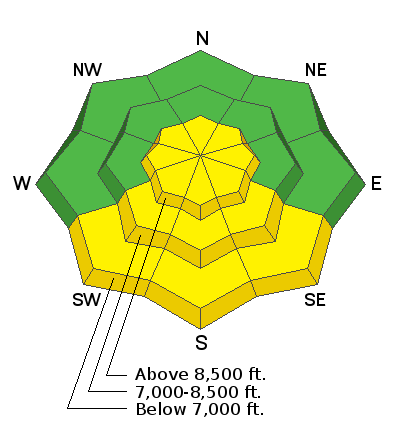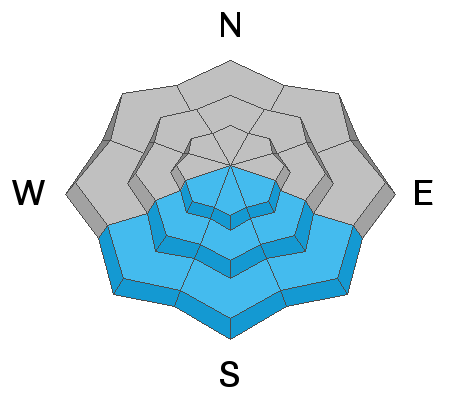Forecast for the Ogden Area Mountains

Issued by Trent Meisenheimer on
Saturday morning, January 22, 2022
Saturday morning, January 22, 2022
Areas of MODERATE avalanche danger exist in the upper elevations where sensitive wind drifts up to a foot deep are possible. Some of these drifts may be triggered at a distance. Loose dry snow (sluffing) is also expected in the steepest terrain.
A MODERATE avalanche danger also exists on southerly facing slopes for wet-loose avalanches as the sun heats the new snow.
A MODERATE avalanche danger also exists on southerly facing slopes for wet-loose avalanches as the sun heats the new snow.

Low
Moderate
Considerable
High
Extreme
Learn how to read the forecast here





